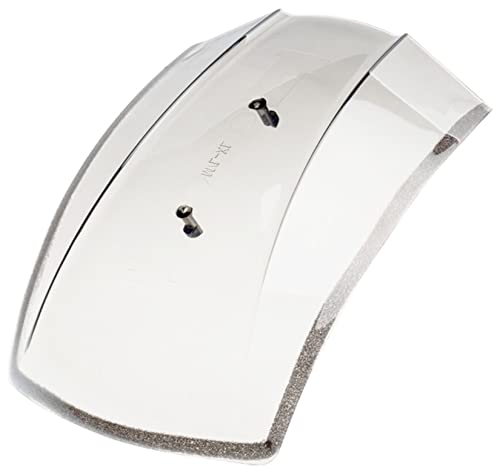[url=https://classicgoldwings.com/forum/viewtopic.php?p=140920#p140920:2nf7v08e said:dan filipi » Thu Feb 12, 2015 12:53 pm[/url]":2nf7v08e]
There has been talk that an ignition is better driven off the crankshaft than off a camshaft because of some deflection (variation) in the timing, so I wanted to talk about this because I think there is some misconception of what is actually going on here and may be blown up to be more an issue than it actually is.
Now as I understand it, a variance in ignition timing of 6-9 degrees in a high mileage 1000 is reported.
Where is that variance coming from and is there actually that much variance, is the topic of this discussion.
It was explained to me that in a high mileage 1000, because the cam isn't supported well enough that the cam end where the ignition is mounted can move side to side. This movement has been coined the term 'wobble' (I believe) which changes the ignition timing.
Valve spring pressure effects on the cam can come into play here as well, or may be the root cause, as explained to me.
There has been talk about timing belts causing a variance in timing but I believe now this is not any sort of issue and I'm trying to wrap my head around how on earth can a cam move so much.
Thoughts?
I'm just going to add 2 cents worth. All motors that run have a variance, in the cams, the crank, the rod brgs, main brgs, the valve springs, the whole dang motor.. even the belts when they get hot, they stretch to a certain degree, all these factors are calculated into making these or any motor run at different intervals, so from cold to warm to hot, your going to have a wide range of variance with everything.










































